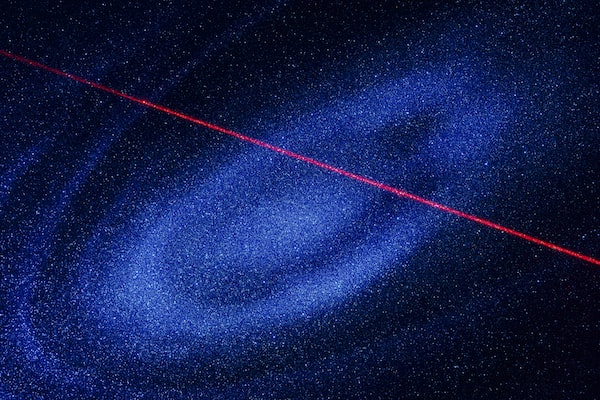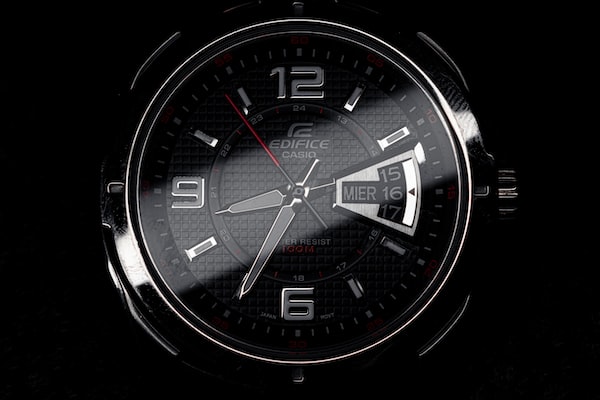No matter what type of project you are embarking upon, the laser cutting process and techniques available can help to make the task easier. From creating intricate shapes in materials to custom etching designs, lasers are an essential tool for nearly any type of project. In this article, we will discuss the different laser cutting processes and techniques you should factor into your project to make sure you get the best, most accurate results possible.
Types of Laser Cutting
CO2 Laser Cutting
CO2 laser cutting is a process that uses a laser-beam steered by a computer to cut specific shapes and patterns into a variety of materials – such as wood, metal, foam, acrylic, and more. It is one of the most common types of laser cutting available, and is commonly used by both hobbyists and businesses alike. This process utilizes light energy to help heat the material, allowing for a very precise cut.
Fiber Laser Cutting
Fiber laser cutting is a type of laser cutting that uses the power of a laser to cut materials. This process is used in many industries and is becoming increasingly popular due to its precision, speed, and accuracy. It is one of the fastest and most efficient cutting methods available and allows for rapid, repeatable manufacturing of complex parts and components.
The process starts with a laser beam that is typically generated from an infrared optical fiber or a pulsed Xenon lamp.
Cryogenic Laser Cutting
Cryogenic laser cutting is a cutting processes used to cut and shape a range of materials. It is a laser cutting method that uses cryogenically cooled laser beams, rather than conventional laser beams that are used in other laser cutting processes. This method requires a laser-based system that is specifically designed to operate at cryogenic temperatures.
The laser is cooled by a cryogen, typically liquid nitrogen or helium, making it more efficient in delivering precise cuts with great speed and accuracy. It can be used to cut thicker materials than conventional laser cutting technologies, and with better results in terms of cut surface quality.

Factors to Consider When Choosing a Laser Cutting Method
Thickness of Material
One of the key factors to consider when choosing a laser cutting method is the thickness of the material you’re working with. Depending on the laser cutting technique you plan to use, the thickness of the material will determine the best type of laser to use. Materials that are thicker than a certain size will require a more powerful laser to cut, while materials thinner than that size can be cut with a more basic laser.
The larger of a cut you plan to make in the material, the more powerful the laser should be. It’s important to factor in the thickness of the material when choosing a laser cutting process and the laser cutter you will use to perform the job.
Type of Material
When choosing a laser cutting method, the type of material is one of the most important factors to consider. The most common material type used in a laser cutter is metal, but other materials such as plastic, glass and wood can be used, depending on the type of laser and the materials being cut. Different lasers have different characteristics, such as their ability to penetrate different materials, their heat resistance, and the speed at which cuts can be made, so it is essential to study the characteristics of the material being worked with in order to factor in the best laser cutting process for the job.
Complexity of Design
The complexity of design is a key factor to consider when choosing a laser cutting method for a project. The laser cutter uses a beam of light to precisely cut material and is typically used to create large numbers of intricate shapes in a relatively short amount of time. The laser cutter is capable of cutting metal, plastic, and other materials, however, the complexity of a design that can be cut depends on the laser itself and the materials being used.
The power of the laser and the material being cut determine the complexity of a design that can be cut.

Techniques to Use in Your Laser Cutting Project
Efficient Marking
When it comes to laser cutting processes, efficient marking is one of the most important techniques to consider for your project. Laser cutting is a process that uses a laser beam to cut through materials such as metals, plastics, and glass at high speed and accuracy. This method offers higher precision and accuracy than manual cutting techniques, but also requires careful evaluation of each cut to ensure that the desired shape or design can be achieved.
Accurate Spacing
Accurate spacing is a critical aspect of laser cutting processes and techniques. No matter what kind of project you’re working on, spacing plays an important role in determining the overall quality of the end product. Whether you’re laser cutting glass, plywood, or any other material, precise spacing is essential to achieving a consistent and precise finish.
When dealing with laser cutting, it’s important to understand the parameters of the laser cutter being used. Many factors, such as the speed of the laser beam, its power, and its wavelength, will affect the spacing of the final cut.
Creating Close Tolerances
When it comes to creating close tolerances on your laser cutting project, you need to take into consideration the accuracy of the laser. While the tolerance depends on the project and the type of material being cut, generally, a laser cutter can achieve a tolerance of 0.005 inch or better. This can be extremely accurate and precise, which can be incredibly beneficial when cutting any materials.
To achieve tight tolerances while laser cutting, it is important to use the correct cutting processes and techniques. This means that you should use the correct cutting method on the material you are going to cut with your laser cutter.
What is laser cutting technique?
Laser cutting is a technology that uses a laser to cut through materials. The laser is a powerful beam of light that is focused by a computer-controlled optical system in a precise path on the material to be cut. The laser cutter melts, vaporizes, or burns away material along the cutting path to achieve the desired cut.
It is commonly used for cutting out shapes or patterns, engraving, and forming different types of material, such as paper, plastic, metal, and wood.

What is the main factor to take care of while setting your file for laser cutting *?
When it comes to laser cutting, it is important to factor in the process and techniques when setting a file for the laser cutter. Preparing the file is the key factor to get the desired outcome. The laser cutter uses a laser beam to cut material based on a digital file that is set.
This is why it is important to carefully consider the design and the parameters of the file before starting a cut. The laser cutting process is complex and requires precise control over the laser and the file that is designed for the laser cutter. In a cut, the laser is guided along the parameters of the file and the laser beam is strong enough to cut through the material.
The material is usually set on the laser cutter’s working bed.

Conclusion
Summary of Laser Cutting
Laser cutting is a technological advancement in the manufacturing process. It involves using a laser beam to heat and cut through a material. This same laser can be used for engraving, as well.
The laser’s precision makes it perfect for intricate cuts that other cutting methods can’t achieve. The process of laser cutting begins with a laser beam that is focused onto the material to be cut. The laser will heat up the material until it is vaporized, leaving a perfectly cut edge.
This process can be repeated in rapid succession to create intricate patterns and shapes.
Benefits of Factoring In Laser Cutting Techniques into Your Project
In conclusion, including laser cutting processes and techniques into your project can greatly benefit the efficiency of your process, as well as the overall quality of the product you’re creating. Laser cutting allows for precision and accuracy of the cuts, taking out any margin of error in the process. Laser cutting can be easily accomplished with a laser cutter, allowing for any type of material to be cut, as the laser beam has the ability to cut through much thicker materials than traditional cutting methods.
Resources for Further Information
The conclusion to our blog about laser cutting processes and techniques to factor into your project wouldn’t be complete without offering a few resources for further information. For those of you who are just diving into the laser cutting world, there are many online resources available to help get a better understanding of the process and the technology behind it. By using a search engine such as Google, you can easily come across videos, articles, and tutorials that offer detailed yet casual explanations of laser cutting technology and its uses.
Moreover, there are many laser cutting machines on the market right now so it is important to understand what kind of laser cutter best suits your particular needs.


